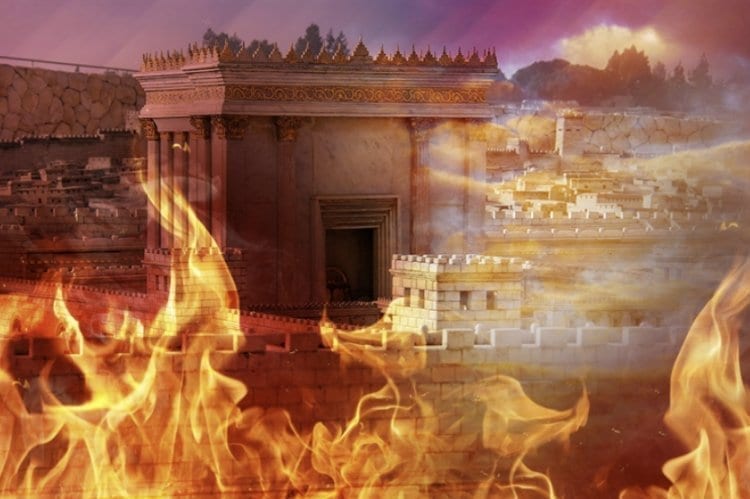“Anyone who mourns over Jerusalem merits to see its rejoicing.” (Bava Basra 60b)
The phrasing of this gemara seems difficult – it should have told us that one who mourns will merit and will see Jerusalem’s rejoicing in the future, but it in fact uses the present tense? Furthermore, why is Tisha B’Av considered a mo’ed (the term the Torah uses for chaggim) to the extent that the Shulchan Aruch (552:12) rules that we do not say Tachanun on Tisha B’Av, even on the mincha before it? Surely Tisha B’Av is a very sad day?
The Chasam Sofer (Chiddushim Bava Basra 60b) asks why the Jewish People continue mourning the destruction of the Beis Hamikdash for almost two millennia, while the nations of the world move on from their losses quickly. While there is a decree that mourners eventually forget the sorrow of losing a loved one, one cannot accept condolences (tanchumim) for one who is alive. Therefore, explains the Chasam Sofer, the Jewish People live with the hope that Hashem will save us from our enemies and return us to our land the way it was originally. The knowledge that Hashem will bring things back to the way they were provides us with consolation already now.
The Tosefes Bracha offers an original interpretation of the attempt to console Yaakov when Yosef was sold into slavery. The Torah (Bereshis 37:34-5) says, “And Yaakov mourned for his son many days. And all of his sons and daughters got up to console him.” The implication is that only after ‘many days’ had passed did his children attempt to console him, and the gemara in Nazir (5a) states that the words ‘many days’ indicate a period of twelve months. The gemara (Brachos 58b) says that after 12 months have passed there is a decree that a mourner ‘forgets’ the departed. Thus, since Yaakov had already been mourning Yosef for many days – twelve months – and did not ‘forget’ (get over the loss of) Yosef, his children understood that Yosef had clearly not died. Therefore, they ‘got up’ to console him with the news that Yosef was in fact still alive!

We can use the same principle to explain the present tense expressions about mourning over Jerusalem. If we give up hope of seeing Jerusalem rebuilt then it is considered dead, but since we do not ever despair – we continue to mourn and cry over Jerusalem’s destruction – that itself is an indication that Jerusalem is really still alive. That is why we are glad to mourn, because that in itself shows us that even if it takes a long time Jerusalem – and the Beis Hamikdash – will eventually be rebuilt. Therefore we merit to see its rejoicing in the present.
The Yaavetz mentions this idea in his siddur. In examining the nusach hatefilla he wonders why we ask for mercy for Jerusalem and the Beis Hamikdash if they do not exist. His answer should be obvious to us now: they do exist, but are not visibly to the physical eye – they are in the upper, spiritual realms, and therefore it is reasonable to ask for mercy on them.
The Yeshuos Yaakov (560:2) uses our principle to explain various practices associated with remembering the churban. We break a glass at every chuppa, limit the music at weddings, and the chassan places ashes on his head, while when building a home we leave a square of the wall bare as a reminder of the Beis Hamikdash. These practices remind us that our simcha is not complete because of the churban, but they also add to the simcha because by continuing to mourn we see that Jerusalem is not being forgotten and therefore it is still alive and will certainly be rebuilt! Perhaps that explains the custom to call out Mazal Tov right after the glass is broken.
May we merit to see not just the reminders of the continuing existence of Jerusalem in the spiritual realms, but also the actual physical rebuilding of the Beis Hamikdash speedily in our days, Amen!





